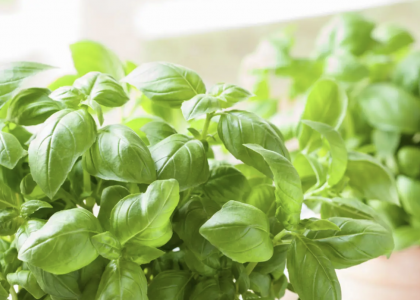What Is Thyme? A Timeless Herb in Your Garden
Thyme (Thymus vulgaris) is a woody perennial herb native to the Mediterranean region, prized for its fragrant, grey-green leaves, delicate purple or pink flowers, and multi-purpose use in cooking, medicine, and ornamental gardening. A member of the mint family (Lamiaceae), thyme is closely related to herbs like rosemary, sage, and oregano.
Key Features of Thyme:
- Leaves: Small, aromatic, packed with essential oils rich in thymol, giving thyme its characteristic earthy, lemony scent.
- Flowers: Tiny blooms that attract pollinators such as bees and butterflies, supporting biodiversity.
- Growth Habit: Low-growing, spreading shrub, thriving in sunny, well-drained locations, making it ideal for raised beds, rock gardens, groundcovers, or container gardening.
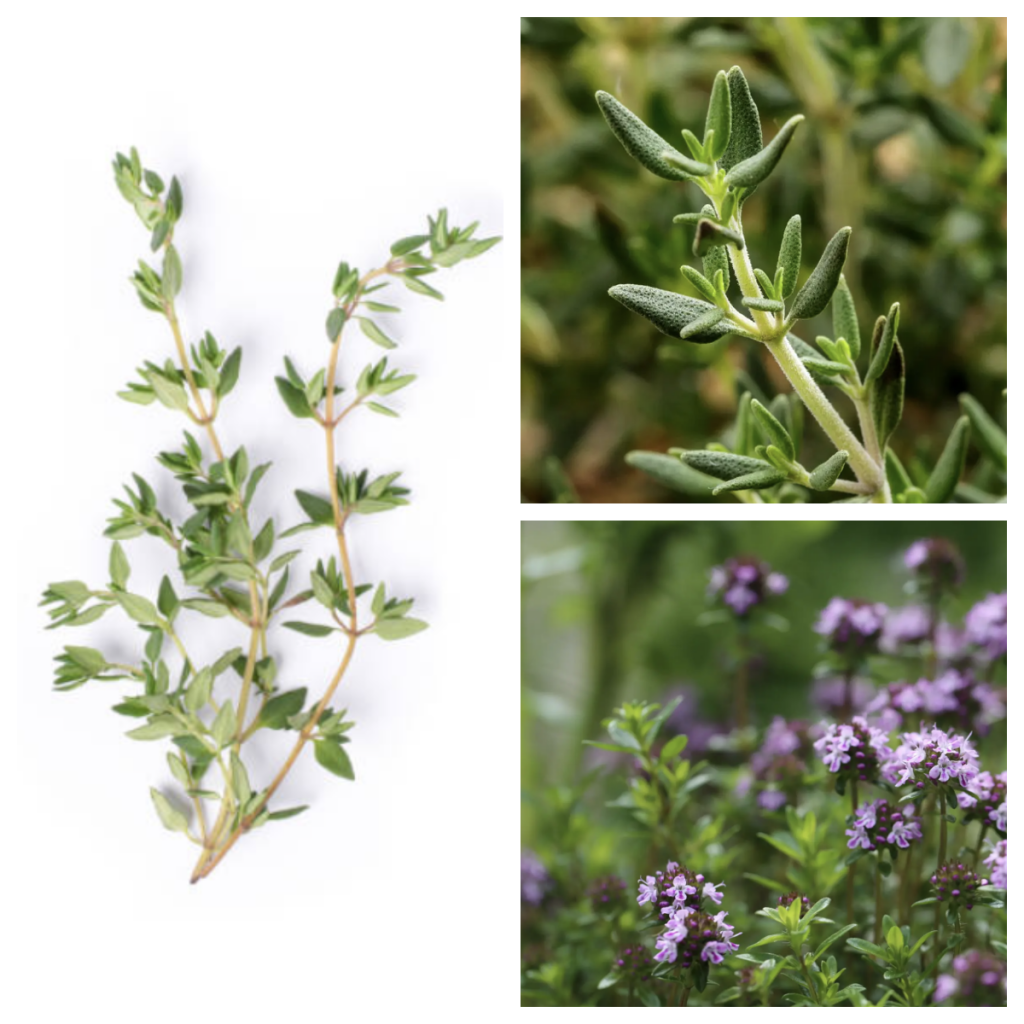
Thyme’s Legacy Spans Millennia:
- The ancient Egyptians used it in embalming.
- The Greeks and Romans burned thyme as incense for purification and believed it instilled courage and strength.
- Today, thyme continues to be a staple in kitchens, home remedies, and eco-friendly gardens.
By growing thyme, you’re not just planting an herb—you’re continuing a tradition of wellness, flavor, and harmony with nature.
How to Grow Thyme Like a Pro
1. Choosing the Right Variety
| Variety | Flavor Profile | Growth Habit | Best For |
| Common Thyme | Earthy, herbal | Upright, bushy | Cooking, tea, medicinal |
| Lemon Thyme | Citrusy, bright | Low, spreading | Teas, desserts, aromatherapy |
| Creeping Thyme | Mild, floral | Groundcover, matting | Pathways, pollinator-friendly |
Best Thyme Variety for Cold Climates
German thyme and woolly thyme survive down to zone 4, thriving even in frosty winters.
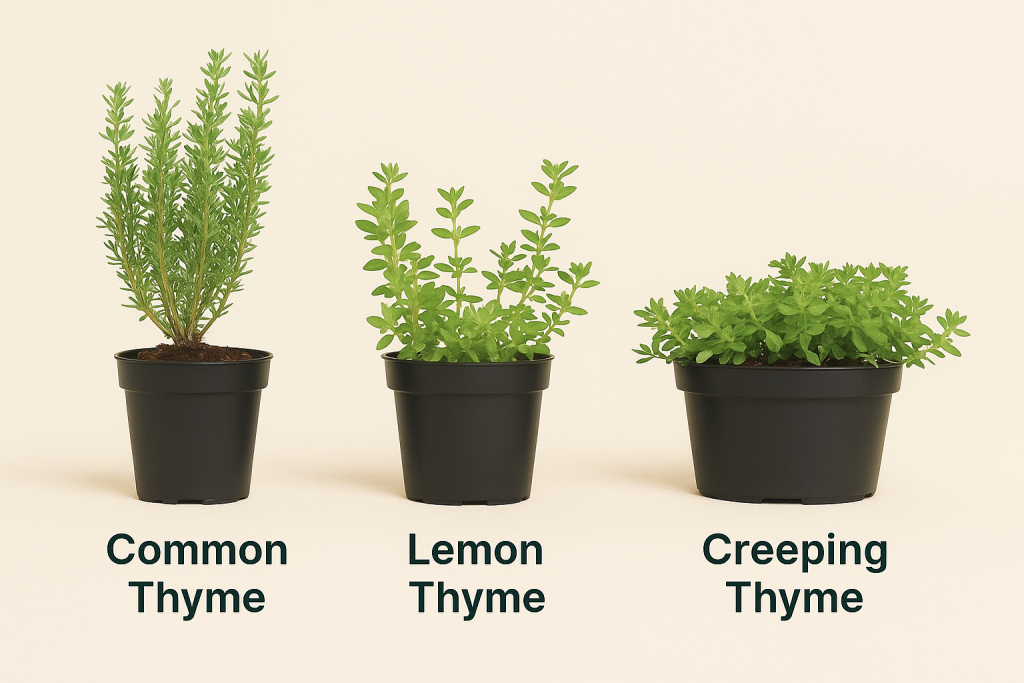
2. Sunlight & Soil: Embrace Thyme’s Mediterranean Roots
- Sun: Full sun (6-8 hours daily).
- Soil: Well-draining, sandy or rocky, low in nutrients.
- pH: Slightly alkaline (6.5-8.0).
Pro Tip: Add crushed eggshells or limestone dust to keep the soil’s pH in thyme’s sweet spot.
3. Water Wisely: Thrive on Neglect
| Growth Stage | Watering Frequency |
| Seedling | Light misting every few days |
| Established | Water when top 2 inches of soil dry out |
| Hot weather | Once per week, depending on rainfall |
Watering Thyme in Containers
- Ensure drainage holes and water when soil feels dry.
4. Pruning & Harvesting: Promote Lush, Aromatic Growth
- Prune in early spring to shape and rejuvenate the plant.
- Snip 2-3 inches from the top regularly to encourage bushiness.
- Harvest mid-morning when oils are most concentrated—snip, inhale, and enjoy the moment.
Imagine bringing a handful of fresh thyme into your kitchen, its aroma filling the air as you prepare a hearty stew or soothing tea.
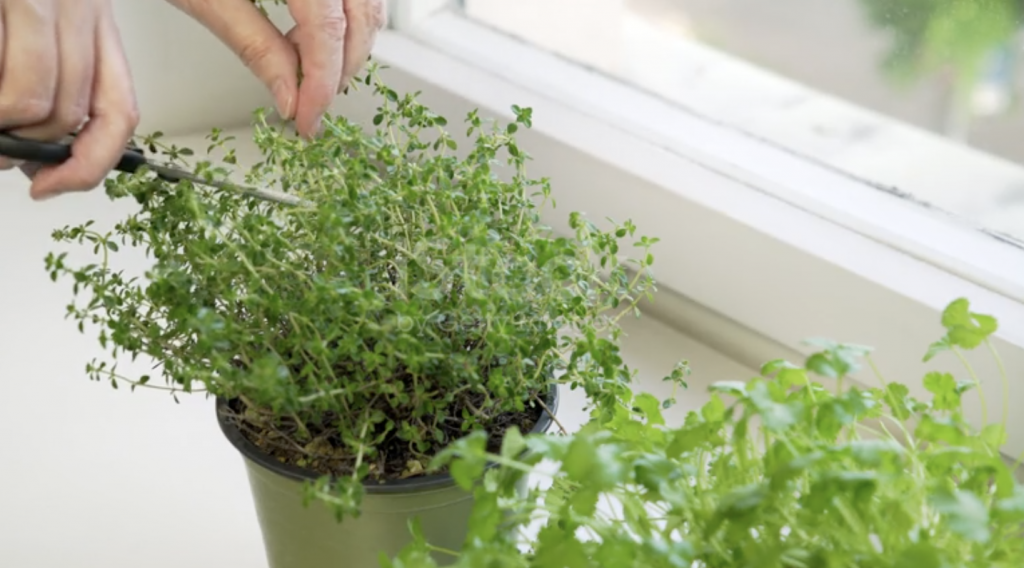
Seasonal Thyme Care: A Year-Round Ritual
| Season | Care Tips |
| Spring | Prune hard after frost risk passes, divide or propagate cuttings. |
| Summer | Harvest regularly, allow some flowering for pollinators. |
| Fall | Light pruning, propagate cuttings or layer stems for new plants. |
| Winter | Mulch roots in-ground; move containers indoors or to sheltered spots. |
Thyme Overwintering Tips
Sustainable Gardening: Thyme’s Eco-Friendly Benefits
Thyme is a low-maintenance, eco-friendly powerhouse:
- Drought-tolerant—ideal for xeriscaping and reducing water usage.
- Pollinator-friendly—attracts bees, butterflies, and hoverflies.
- Natural pest repellent—aromatic oils deter aphids, cabbage moths, slugs.
Companion Planting:
| Companion Plant | Benefit |
| Tomatoes | Repels pests, enhances flavor. |
| Cabbage family | Deters cabbage moths and worms. |
| Strawberries | Attracts pollinators, improves yield. |
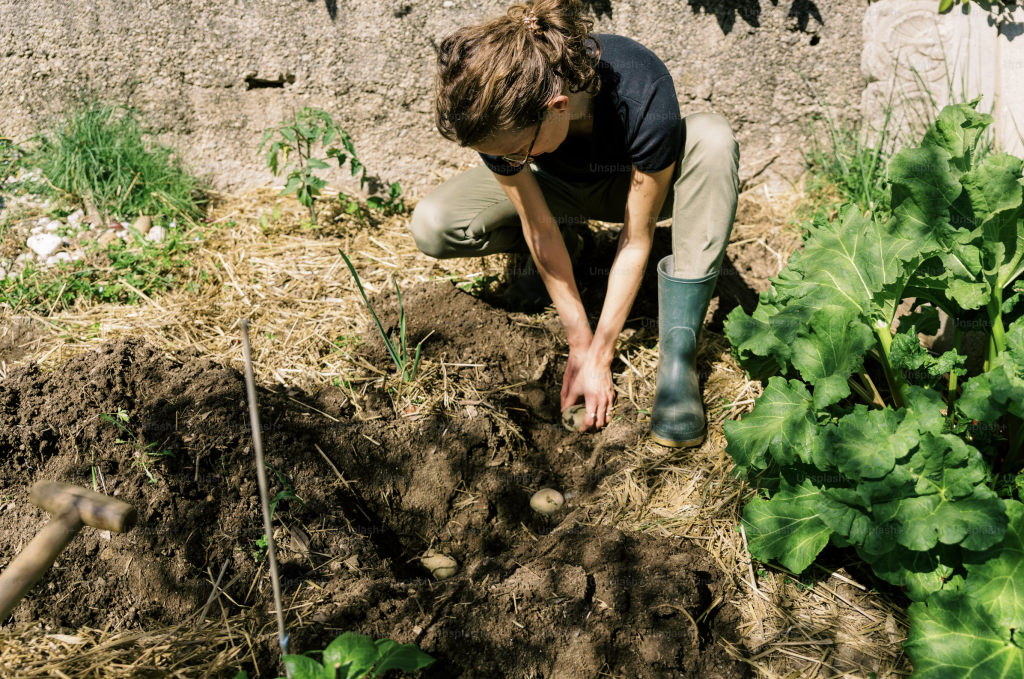
Propagation: Multiply Thyme’s Presence

Propagate Thyme: 3 Reliable Ways
1. Cuttings (Most Reliable)
Snip a healthy 4-inch stem, remove lower leaves, and plant in moist potting mix. Keep warm and bright.
2. Layering (Easy for Outdoor)
Bend a thyme stem to touch the soil, cover with light soil, and wait 2–4 weeks for roots.
3.Division (For Established Plants)
Gently dig out a mature thyme plant and separate rooted clumps. Replant each in its own space with fresh soil.
Thyme for Wellness: Ancient Herb, Modern Healing
Thyme is rich in thymol, offering antibacterial, antifungal, and antioxidant benefits.
- Thyme tea for colds and coughs: Steep fresh leaves with lemon and honey.
- Aromatherapy: Inhale thyme steam for respiratory relief.
Caring for thyme nurtures not only your garden but also your body and spirit—offering calm, connection, and wellness.
Learn how to grow thyme with this complete guide! Discover seasonal care tips, propagation methods, companion planting strategies, and eco-friendly gardening practices for a thriving, sustainable herb garden.





